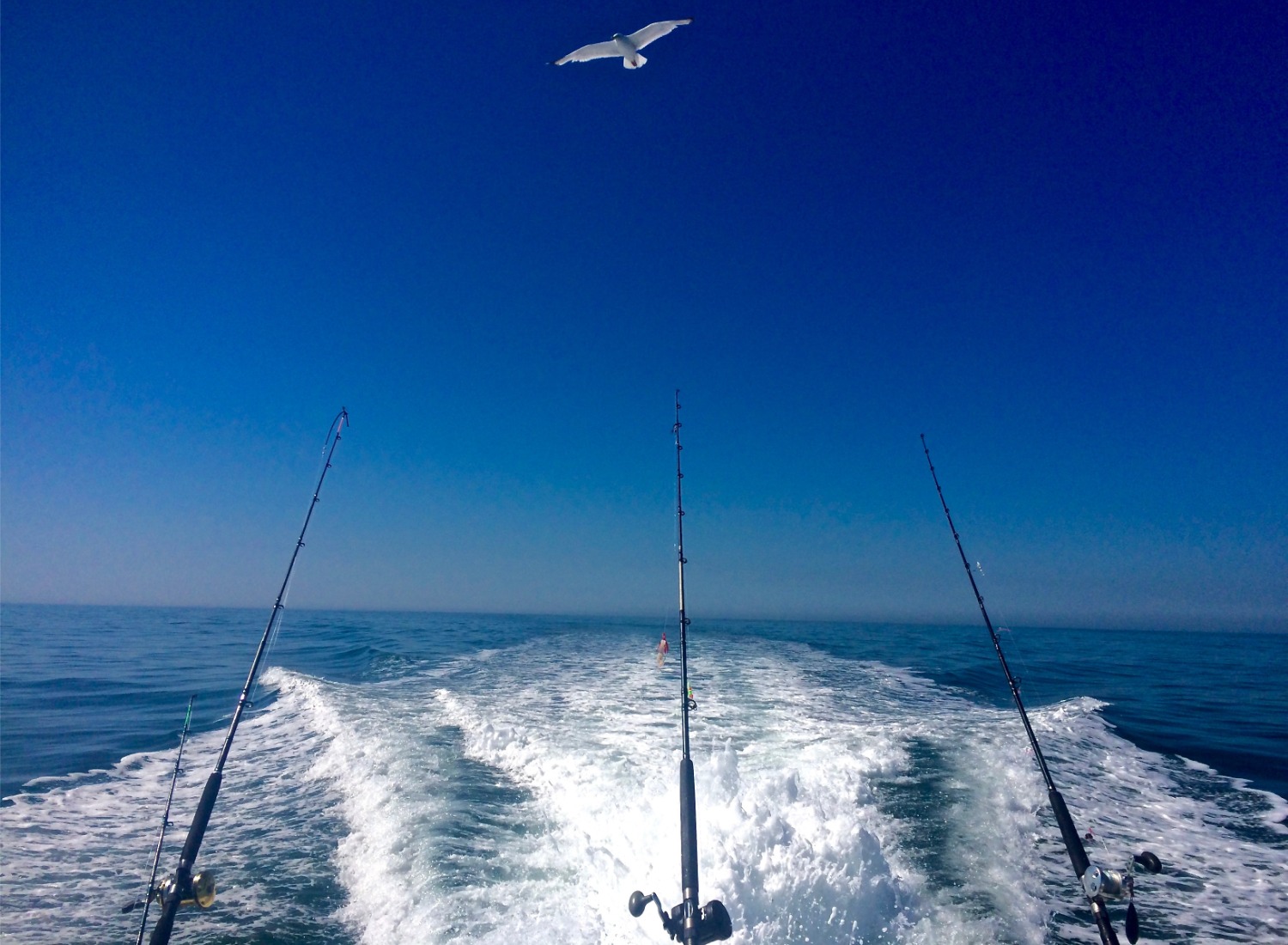Trolling fishing is a popular and effective angling technique that involves dragging baited lines or lures behind a moving boat. This method is particularly successful for catching a variety of fish species in both freshwater and saltwater environments. Consequently, trolling fishing requires a combination of skill, knowledge, and the right equipment. Therefore, this comprehensive guide explores what trolling fishing is, the equipment and techniques involved, the benefits of trolling, and common mistakes to avoid. By understanding these elements, you can enhance your trolling fishing experience and increase your chances of success.
Understanding Trolling Fishing
Trolling fishing is a dynamic and adaptable angling technique employed by both recreational and professional anglers. Understanding its fundamental principles and applications is essential for mastering this method. Therefore, exploring what trolling fishing entails and its applications is crucial.
The Basics of Trolling Fishing
At its core, trolling fishing involves trailing one or more baited lines or lures behind a moving boat. The movement of the boat propels the bait or lure through the water, creating an enticing action that attracts fish. This method is versatile and can be used to target a wide range of species, including salmon, trout, walleye, and various saltwater fish. Trolling allows anglers to cover large areas of water efficiently, making it an ideal technique for both offshore and inland fishing. By varying the boat’s speed and the depth at which the lures are presented, anglers can increase their chances of locating and catching fish. Therefore, understanding the basics of trolling fishing provides a foundation for effective practice.

Different Types of Trolling
There are several types of trolling techniques, each designed to target specific species and adapt to different water conditions. Flatline trolling involves running lines directly behind the boat without the use of additional weights or planers. It’s a straightforward technique commonly used in freshwater lakes. Downrigger trolling uses a weighted line and a downrigger device to control the depth at which the lure is presented, making it effective for deeper water species like salmon. Planer board trolling employs boards that veer the lines away from the boat, allowing for a wider spread and less disturbance to the fish. Each type of trolling has its unique advantages and applications, catering to various fishing scenarios. Therefore, exploring different trolling types is essential for adapting to different fishing environments.
Essential Trolling Equipment
The success of trolling fishing largely depends on the equipment used. Selecting the right gear and understanding its functionality can significantly enhance your trolling experience. Therefore, exploring essential trolling equipment is crucial for preparedness and effectiveness.
Fishing Rods and Reels
The choice of fishing rods and reels is vital for successful trolling. Trolling rods are typically longer and sturdier than regular rods, providing the strength needed to handle larger fish and multiple lines. They often feature a strong backbone and a flexible tip to absorb the strain of trolling. Reels used for trolling are usually conventional or baitcasting reels, designed to hold heavy lines and equipped with a line counter to monitor the amount of line released. Matching the rod and reel’s strength with the target species ensures that you can effectively manage the fish during the fight. Therefore, selecting the appropriate fishing rods and reels is fundamental for successful trolling.
Lines, Lures, and Bait
Using the right lines, lures, and bait is essential for enticing and catching fish while trolling. Braided lines are popular for trolling due to their strength and thin diameter, allowing for deeper presentations with less resistance. Monofilament lines are also used for their stretch and shock-absorbing properties. Lures come in various shapes, sizes, and colors, mimicking the natural prey of the target species. Common trolling lures include spoons, plugs, and soft plastics. Natural bait, such as minnows or squid, can also be used, often rigged to mimic swimming action. The choice of line, lure, or bait depends on the target species and water conditions. Therefore, understanding and selecting the appropriate lines, lures, and bait is critical for trolling success.
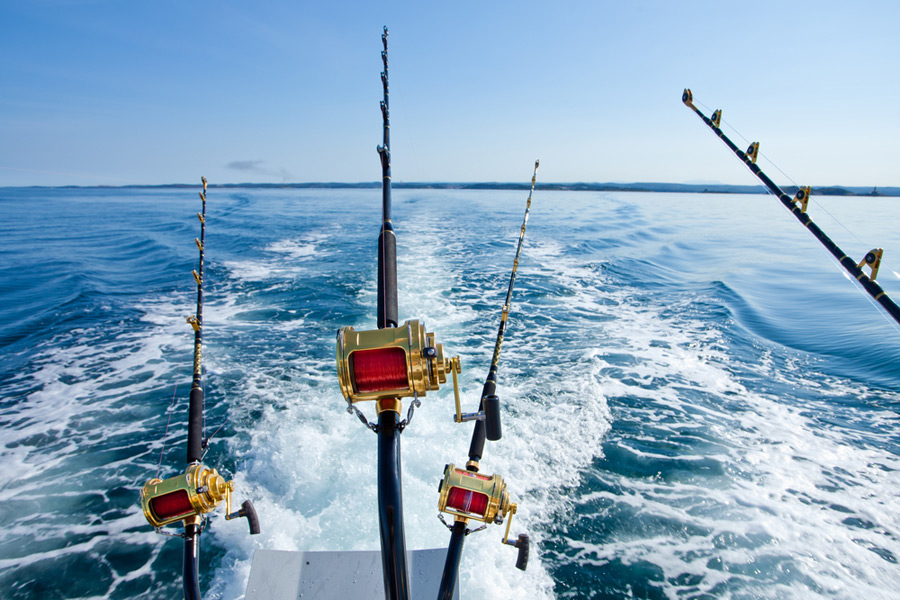
Trolling Techniques and Strategies
Mastering trolling fishing involves employing specific techniques and strategies to increase your chances of success. Understanding these methods can help you adapt to different fishing scenarios and improve your overall effectiveness. Therefore, exploring trolling techniques and strategies is essential for advancing your skills.
Controlling Boat Speed and Direction
Controlling the speed and direction of the boat is a crucial aspect of trolling. The boat’s speed affects the action of the lure or bait and determines its depth. Generally, speeds between 1.5 to 3 knots are used for trolling, but this can vary based on the target species and lure type. Using a GPS or speedometer helps maintain consistent speed. Adjusting the boat’s direction allows for covering different areas and targeting specific depths. Zig-zagging or making large arcs can create a more natural presentation and trigger strikes from predatory fish. Therefore, mastering boat speed and direction control is vital for effective trolling.
Depth Control and Spread
Maintaining the correct depth and spread of your lines is important for targeting fish effectively. Using downriggers, weights, or diving devices helps control the lure’s depth accurately. The depth at which fish are feeding can change based on water temperature, time of day, and other factors. Monitoring sonar or fish finders can help identify the preferred depth of the target species. Planer boards and outriggers can spread the lines horizontally, allowing you to cover more water and present multiple lures without tangling. This technique increases the likelihood of encountering fish moving at different depths and locations. Therefore, effective depth control and spread are essential components of successful trolling.
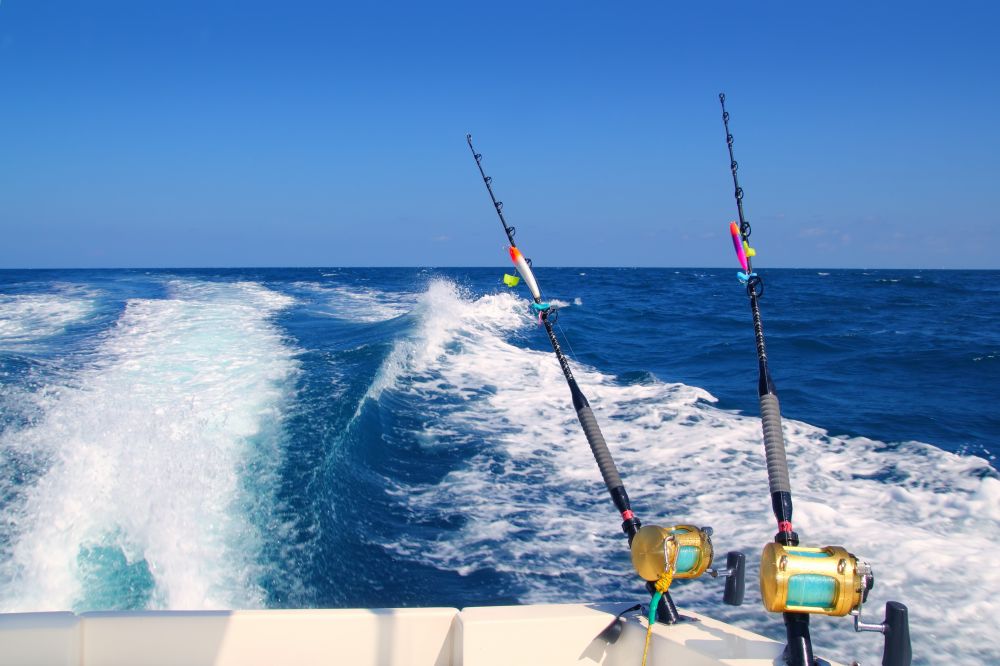
Benefits of Trolling Fishing
Trolling fishing offers numerous benefits that make it a preferred technique for many anglers. Understanding these advantages can highlight the value of incorporating trolling into your fishing repertoire. Therefore, exploring the benefits of trolling fishing is important for maximizing your fishing experience.
Covering Large Areas of Water
One of the primary benefits of trolling fishing is the ability to cover large areas of water efficiently. By moving the boat, anglers can explore different locations and depths, increasing the chances of encountering fish. This is particularly useful in vast bodies of water where fish are spread out. Trolling allows anglers to identify productive fishing spots and make the most of their time on the water. This extensive coverage is advantageous for both recreational and competitive anglers seeking to maximize their catch. Therefore, covering large areas is a significant benefit of trolling fishing.
Targeting a Variety of Species
Trolling is a versatile technique that can target a wide range of fish species. Freshwater anglers can use trolling to catch species such as trout, salmon, walleye, and bass. In saltwater environments, trolling is effective for targeting species like tuna, marlin, mahi-mahi, and kingfish. The ability to adjust lures, bait, and presentation methods makes trolling adaptable to different fish behaviors and habitats. This versatility allows anglers to enjoy diverse fishing experiences and increases their overall chances of success. Therefore, targeting a variety of species is another key advantage of trolling fishing.
Common Mistakes to Avoid
While trolling fishing can be highly effective, certain mistakes can hinder your success. Being aware of these common pitfalls and learning how to avoid them can enhance your trolling experience. Therefore, exploring common mistakes to avoid is essential for improving your skills.
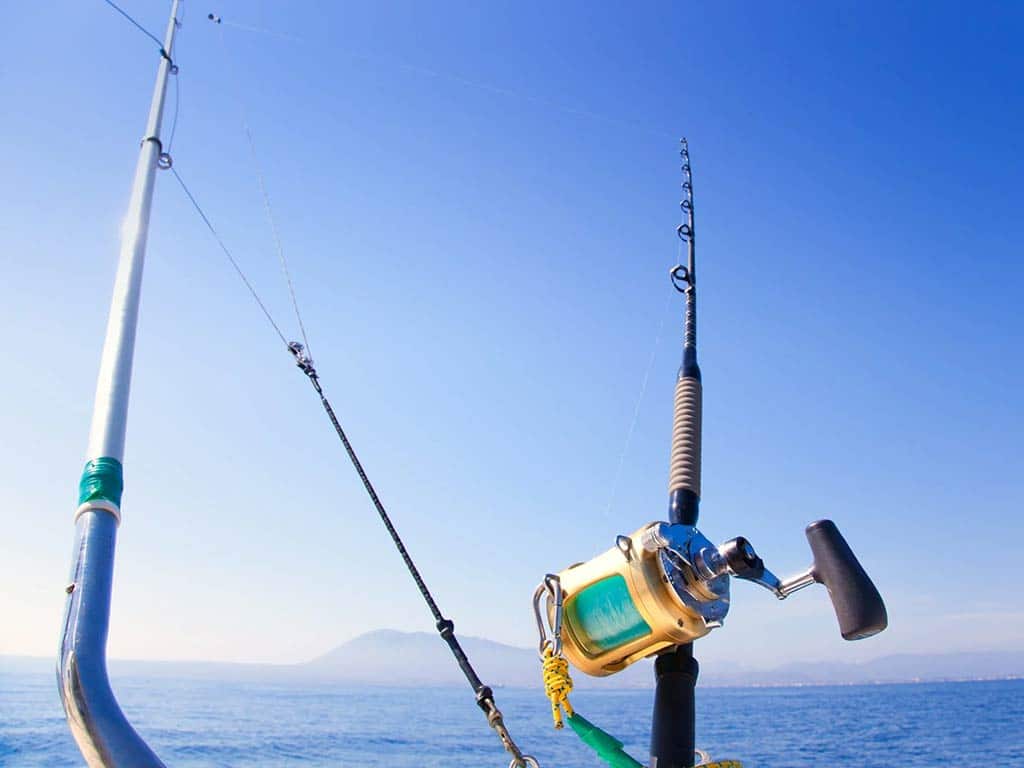
Inconsistent Speed
One common mistake is inconsistent boat speed, which affects lure action and presentation depth. Fluctuations in speed can result in unnatural lure movement, making it less enticing to fish. To avoid this, use a GPS or trolling motor with a speed control feature to maintain a consistent pace. Regularly checking and adjusting speed based on lure type and target species ensures optimal performance. Therefore, maintaining consistent speed is crucial for successful trolling.
Neglecting Depth Monitoring
Another common mistake is neglecting to monitor the depth at which your lures are running. Fishing at the wrong depth reduces the chances of encountering fish. Use tools like downriggers, sonar, and line counters to accurately control and monitor depth. Adjusting based on water conditions and fish behavior increases the likelihood of success. Therefore, regularly monitoring and adjusting depth is essential for effective trolling.
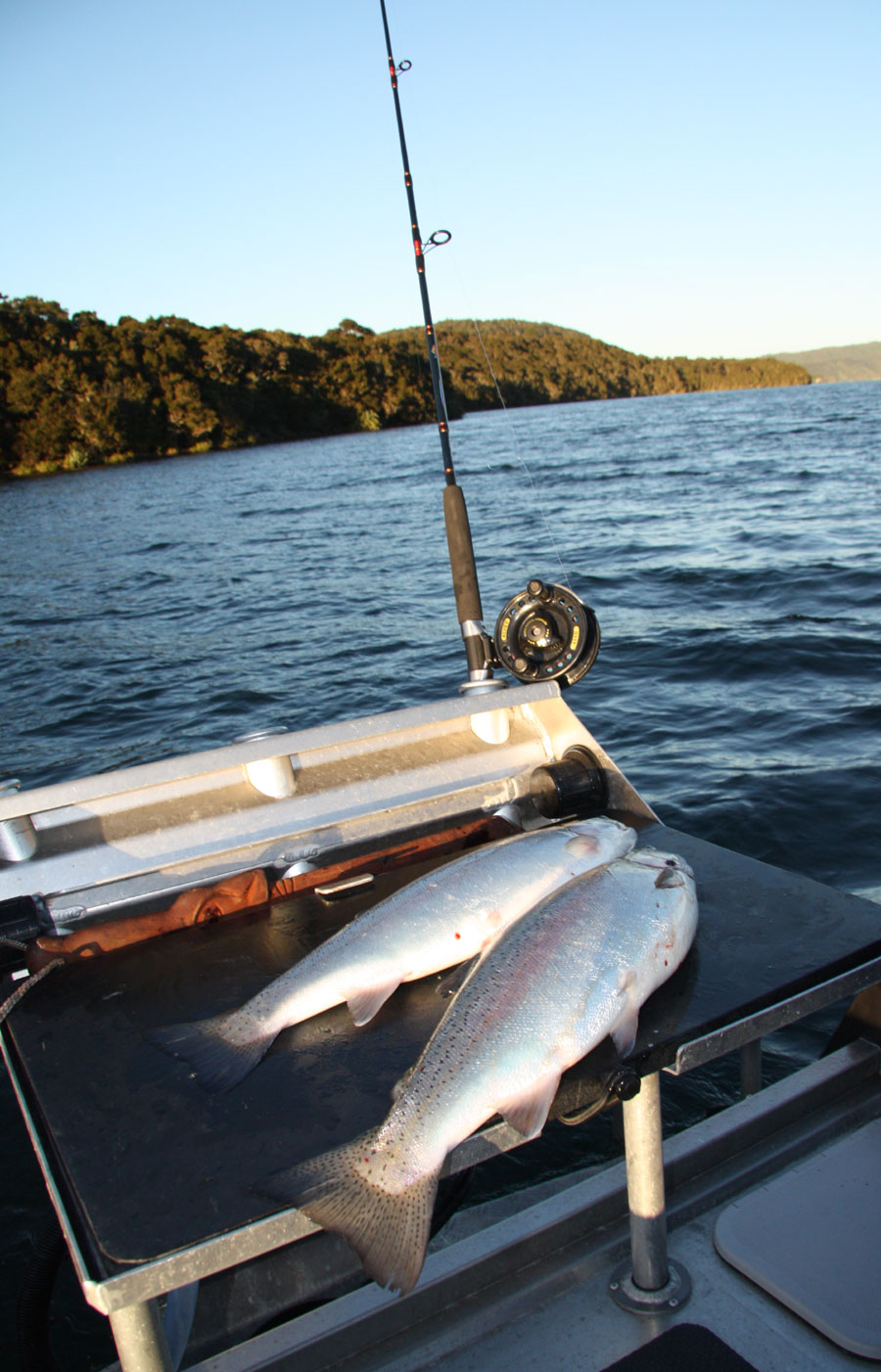
Conclusion: Mastering the Art of Trolling Fishing
Trolling fishing is a versatile and effective angling technique that offers numerous benefits for targeting a variety of fish species. Understanding the basics, different types of trolling, essential equipment, and techniques is crucial for success.
Covering large areas of water and targeting diverse species highlight the advantages of trolling fishing, making it a valuable addition to any angler’s toolkit. Avoiding common mistakes, such as inconsistent speed and neglecting depth monitoring, can further enhance your trolling experience.
Therefore, by mastering the art of trolling fishing, you can improve your skills, increase your catch, and enjoy the thrill of this dynamic method. Embrace the intricacies of trolling fishing and elevate your angling adventures to new heights. Happy trolling!
